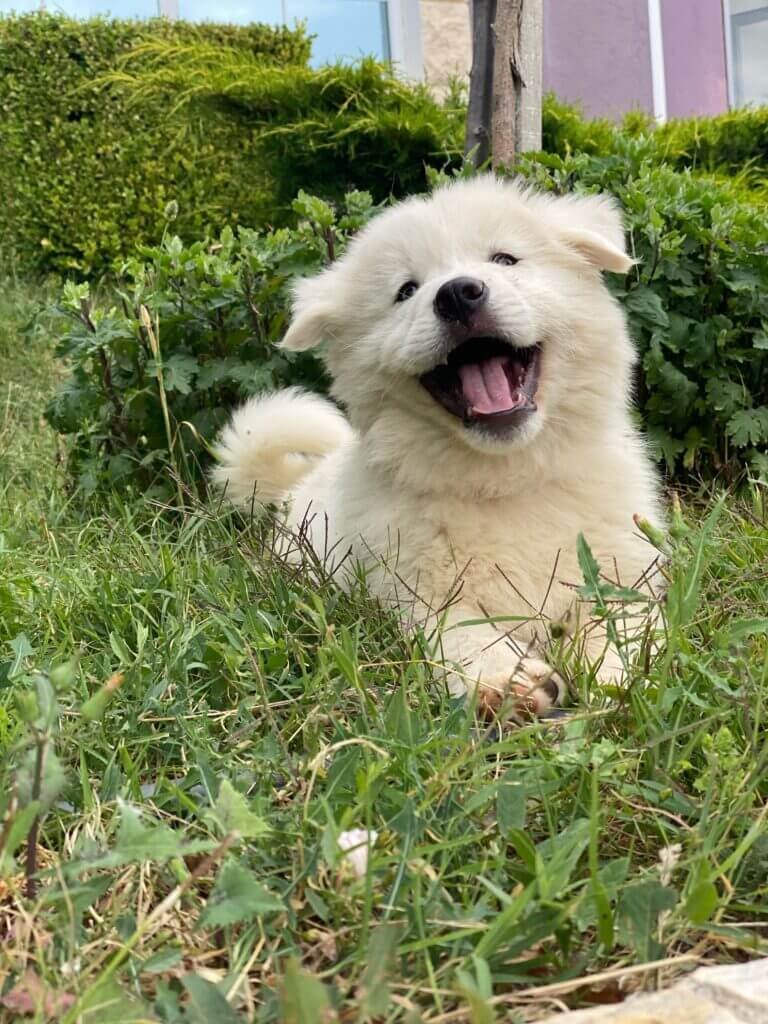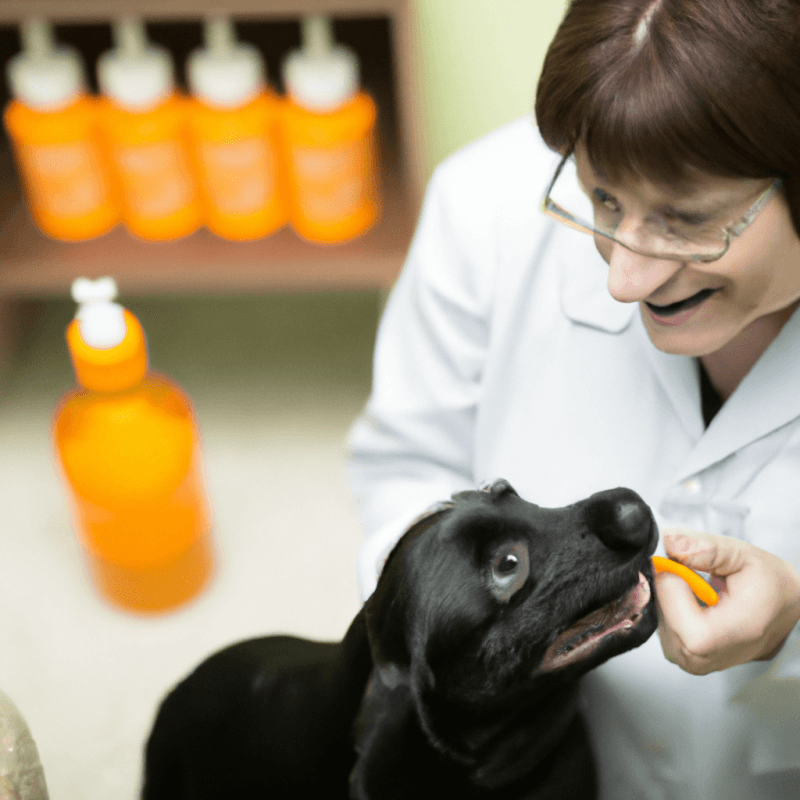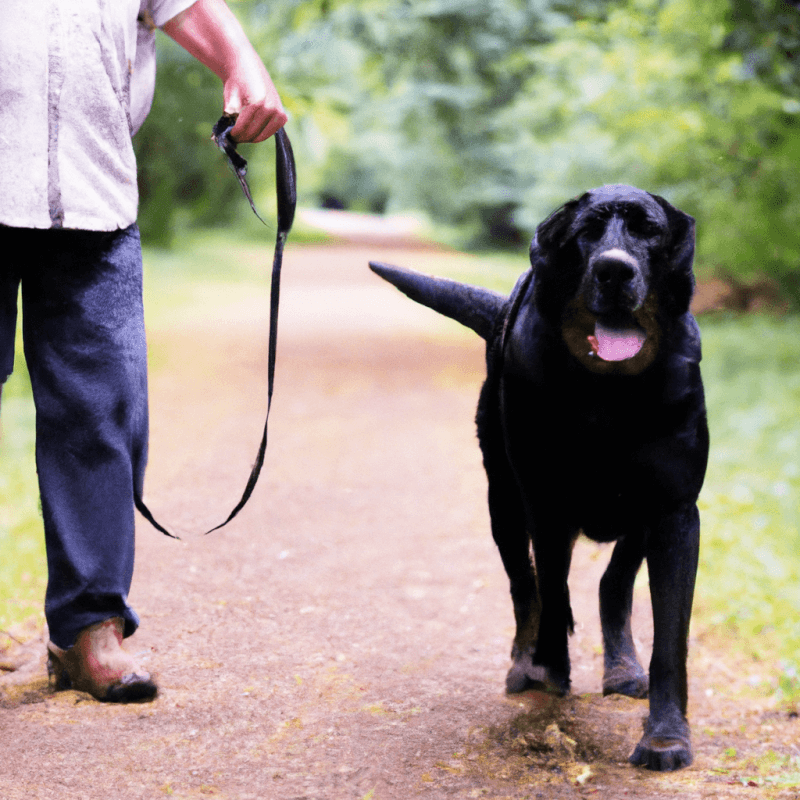If you’ve ever wondered about the signs of arthritis in your furry companions, this article is here to help. Uncover the subtle clues that could indicate arthritis in your pets and learn how to recognize and address these symptoms. From changes in behavior to decreased mobility, understanding these signs will enable you to provide your beloved pets with the care they need to live comfortable and fulfilling lives. Get ready to embark on a journey of discovery, as we explore the world of arthritis symptoms in pets.

Joint Stiffness
Limping or favoring a limb
If your pet is showing signs of joint stiffness, one of the most common symptoms you might notice is limping or favoring a limb. You may observe that your furry friend is hesitant to put weight on a particular leg or is actively avoiding using it altogether. This could indicate that the joint in that limb is causing them discomfort or pain.
Ready for Cat Trivia?
Test your knowledge about cats!

Difficulty getting up or lying down
Another sign of joint stiffness is when your pet faces difficulty getting up or lying down. You may notice that they struggle to rise from a sitting or lying position, taking longer than usual to stand up fully. Similarly, when it’s time to rest or find a comfortable spot, they may show signs of discomfort while trying to lie down, possibly making repeated attempts before successfully settling in.
Reluctance to jump or climb stairs
Pets with joint stiffness may become reluctant to engage in activities that require jumping or climbing stairs. They may hesitate or refuse altogether to jump onto furniture or climb up and down stairs with the same ease they used to. This reluctance could stem from the discomfort or pain they experience in their joints, making these activities challenging for them.
Decreased Activity and Exercise Intolerance
Decreased interest in playing or going for walks
If your pet starts showing a decreased interest in activities they previously enjoyed, such as playing fetch or going for walks, it may be a sign of arthritis. Arthritic pets often lose their enthusiasm for engaging in physical play, as the pain and stiffness in their joints can make such activities uncomfortable or even painful for them.
Tiring easily during exercise
Exercise intolerance can be a prominent symptom of arthritis in pets. You may notice that your furry companion tires more quickly during play or exercise sessions, seeming to run out of energy sooner than usual. Even mild exercise may cause fatigue, and they may require more frequent breaks or rest periods to recover.
Reluctance to engage in physical activity
Alongside decreased interest and exercise intolerance, pets with arthritis may develop a general reluctance to engage in physical activity. Whether it’s playing games, going for walks, or even basic daily activities, they may exhibit a preference for rest and minimal movement. This change in behavior is often due to the discomfort and pain they experience in their joints.
Lameness or Limping
Visible limping or favoring of a specific limb
Lameness or limping is a common symptom of arthritis in pets. You may observe that your furry companion is visibly limping or favoring a specific limb when walking or running. They may put less weight on the affected limb or avoid using it altogether, as it causes them pain or discomfort.
Limb may appear swollen or painful
In addition to limping, you may notice that the affected limb appears swollen or painful. Arthritic joints can become inflamed, leading to visible swelling or redness around the joint area. The limb may feel warm to the touch, indicating inflammation in the joint, and your pet may exhibit signs of discomfort when pressure is applied to the affected area.
Reluctance to put weight on the affected limb
Pets with arthritis may show a reluctance to put weight on the affected limb. You may notice them favoring the other legs or attempting to distribute their weight in a way that minimizes pressure on the arthritic joint. This behavior is a natural response to the pain and discomfort they feel when applying weight to the affected limb.
Changes in Gait
Altered walking pattern
One of the noticeable symptoms of arthritis is an altered walking pattern in pets. You may observe that their gait has changed, becoming uneven or jerky. They might take shorter steps or appear to be favoring certain limbs while walking. These changes in gait are often a result of the pain and stiffness caused by arthritis in their joints.
Shuffling or dragging of the feet
Arthritic pets may shuffle or drag their feet while walking. Instead of taking clear and confident steps, they may exhibit a dragging motion, resulting in their paws scraping the ground or being dragged along. This shuffle or drag is a compensatory mechanism used by pets to minimize the discomfort caused by arthritis in their joints.
Shortened stride length
Another sign of gait changes related to arthritis is a shortened stride length. Pets with arthritis may take smaller steps than they used to, almost as if they are hesitant to extend their limbs fully. This decreased stride length is a response to the pain and stiffness in their joints, as they attempt to minimize discomfort while moving.

Muscle Atrophy
Visible loss of muscle mass
Muscle atrophy, or visible loss of muscle mass, is a symptom that can accompany arthritis in pets. Due to the decreased activity levels and limited exercise tolerance, pets with arthritis may experience muscle wasting. You may notice that certain muscles appear smaller or less defined, which can be particularly evident around the affected joints.
Thinning and weakening of muscles
In addition to visible muscle loss, the muscles surrounding arthritic joints can become thin and weak. The lack of use and reduced physical activity often leads to a loss of strength and bulk in the muscles supporting the affected joints. This thinning and weakening of muscles can further exacerbate the discomfort and mobility issues associated with arthritis.
Decrease in overall muscle strength
Pets with arthritis may experience a decrease in overall muscle strength. They may struggle to perform activities that require muscular power, such as jumping onto furniture or pulling against resistance during games. The loss of muscle strength is a direct consequence of the reduced activity levels and muscle atrophy resulting from arthritis.
Joint Swelling and Heat
Swelling around affected joints
Arthritis can cause swelling around the affected joints in pets. Swelling is a common symptom of joint inflammation and can be observed as a visible enlargement or puffiness around the joint area. The degree of swelling may vary depending on the severity of the arthritis, but it is often indicative of the underlying joint issues.
Joint feeling warm to the touch
Alongside swelling, the affected joint may feel warm to the touch. The inflammation within the joint can increase its temperature, resulting in a noticeable warmth when you gently place your hand on the area. This heat is a physical manifestation of the inflammatory response occurring within the joint due to arthritis.
Visible inflammation and redness
Arthritic joints may exhibit visible signs of inflammation, including redness around the joint area. The combination of inflammation and increased blood flow to the affected joint can cause the skin to appear reddened or flushed. This visible inflammation and redness are often indicative of the underlying arthritic condition in pets.

Pain and Discomfort
Whimpering or crying when touched
Pets with arthritis may exhibit signs of pain and discomfort when their affected joints are touched or manipulated. You may notice that your furry companion whimpers, cries, or vocalizes in response to pressure applied to their joints. This vocalization is their way of expressing their discomfort and pain caused by arthritis.
Sensitivity to touch or pressure on joints
In addition to vocalizing, pets with arthritis may display sensitivity to touch or pressure on their joints. They may pull away or flinch when their joints are touched, indicating that it causes them discomfort. The sensitivity to touch or pressure is a common symptom of arthritis and warrants further attention and care.
Changes in behavior due to pain
Arthritis-related pain and discomfort can lead to noticeable changes in your pet’s behavior. They may become more withdrawn, irritable, or less willing to engage in activities they once enjoyed. They may also exhibit changes in their appetite or eating habits. These behavioral changes are often a result of the physical and emotional impact of living with chronic pain.
Lethargy and Fatigue
Decreased energy levels
Pets with arthritis often experience decreased energy levels. They may appear less enthusiastic or reluctant to engage in physical activity, preferring to conserve their energy. This decrease in energy can be a direct consequence of the pain, discomfort, and limited mobility associated with arthritis.
Unwillingness to engage in physical activity
Arthritic pets may display an unwillingness to engage in physical activity. They may avoid playtime or resist going for walks. This reluctance is a consequence of the discomfort and mobility issues they face due to arthritis. It’s important to respect their boundaries and provide alternative ways to keep them mentally stimulated and engaged.
Excessive sleeping or rest
Lethargy and fatigue can also manifest as excessive sleeping or resting in pets with arthritis. If you notice that your furry friend is spending a significant amount of time sleeping or lying down, it could be a sign that their arthritic condition is causing them to feel more tired and in need of rest. Ensuring they have comfortable and supportive bedding can help alleviate some of their discomfort.

Stiffness after Rest
Difficulty getting up and moving after a period of rest
Pets with arthritis may experience stiffness after a prolonged period of rest, such as after a nap or a long night’s sleep. They may find it challenging to get up and start moving, exhibiting slow and hesitant movements initially. This stiffness is a common symptom of arthritis and usually improves with gentle exercise and movement.
Stiffness and lameness may improve with movement
Despite initial stiffness, pets with arthritis often find that their symptoms improve with movement. Once they get up and start walking or moving around, their joints gradually loosen up, and the stiffness lessens. Encouraging moderate exercise and regular movement can help alleviate the initial stiffness experienced by arthritic pets.
Gradual loosening of joints after initial stiffness
Following the initial stiffness after rest, you may notice a gradual loosening of your pet’s joints. As they begin to move, the stiffness decreases, and their joints become less restricted. Pets with arthritis often benefit from gentle stretching and low-impact exercises to help improve their joint mobility and reduce the discomfort associated with stiffness.
Behavioral Changes
Irritability and aggression
Arthritis can cause behavioral changes in pets, including increased irritability and aggression. Chronic pain and discomfort can affect their mood and temperament, making them more easily irritated or prone to outbursts of aggression. It’s crucial to approach them with patience and understanding, as these behavioral changes are often a reflection of their arthritic condition.
Avoidance of physical contact or petting
Pets with arthritis may try to avoid physical contact, including petting or cuddling. The pain and sensitivity in their joints can make physical touch uncomfortable or even painful for them. They may exhibit signs of discomfort or attempt to move away when you try to engage in physical contact. Respect their boundaries and provide alternative forms of affection that don’t exacerbate their pain.
Changes in appetite or eating habits
Arthritis in pets can also result in changes in appetite or eating habits. The discomfort and pain they experience may cause a decrease in their appetite or a reluctance to eat. Additionally, if the arthritic joints affect their ability to reach food or water bowls comfortably, they may exhibit changes in their eating habits. It’s essential to monitor their food and water intake and consult a veterinarian if you have concerns about their nutrition.
In conclusion, arthritis in pets can lead to various symptoms that indicate joint issues and discomfort. If you observe any of the aforementioned signs, it’s important to consult with your veterinarian for a proper diagnosis and tailored treatment plan. With early detection and appropriate care, you can help improve your pet’s quality of life and manage their arthritis effectively. Remember, your friendly and proactive approach can make a significant difference in your furry companion’s well-being.



